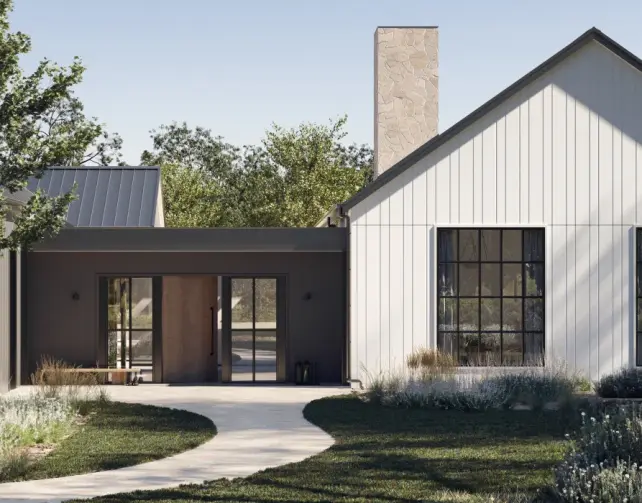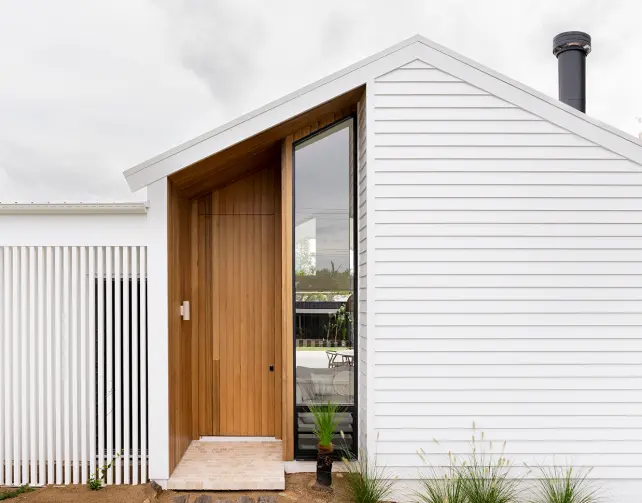Articles
The Importance of Orientating Your Home Correctly

Building your dream home is the great Australian dream, and we’re spoilt for choice in terms of locations to build. But more and more homeowners are looking into how the orientation of their house – and the aspect of their land – can be leveraged for greater home health.
So whether it’s a flat plot or a sloping site, located in sunny Queensland or in a windy coastal town, here’s how to orientate your home to get the best of everything – views, natural light, energy efficiency and more.
UNDERSTANDING THE ORIENTATION OF YOUR HOME
Calculating the sun angles will help you determine the best orientation for your home, and Your Home has some fantastic information on calculating those angles for your particular Australian city.
One of the most popular ways to build a new property is as a north-facing home, especially in cooler regions. This is because it will receive complete sun penetration during the winter months. You can enjoy natural warmth and sunlight (passive solar heating), while in summer the sun’s placement allows for easy shading of northern facades and protection by eaves.
However, not all plots of land are created equal, and you may need to get creative to fully utilise your chosen orientation. For example, on narrow plots of land you’ll need to incorporate enough north-facing glass to receive adequate passive solar heating.
Modern Axon Extension in Sydney
This modern inner-city home was cleverly designed to work on a narrow block of land.
HOW TO MAKE YOUR ASPECT WORK WITH THE SITE
Whereas orientation is the direction in which your property faces, the aspect is the view from your home. Unfortunately, many older homes don’t have their orientation and aspect in sync – but that just means for your new home you’ll need to incorporate both into your plans.
We all know that natural sunlight is vital for humans’ ongoing wellbeing. Combine that with the ‘wow’ factor you get from walking into a home and seeing a spectacular view (its aspect) and you realise why these two are so important to work together.
Modern extension with Stria cladding This modern extension is built as a split level design to work with the steep block.
MANAGING A DIFFICULT SITE
But what happens if your dream location means building a home on a challenging site? It’s all about perspective. Instead of seeing a challenge, approach the difficult plot of land as a way to embrace its uniqueness.
We’ve already mentioned how narrow blocks can still receive plenty of natural – and warming – sunlight with enough north-facing glass. But what about another common challenge in plots: sloping land?
Sloping blocks of land needn’t require expensive excavations. Instead, they can provide incredible views that a flat block simply can’t match. Moreover, setting your home high on a slope will often mean your aspect is unobstructed by tree lines and neighbouring houses.
Then consider all the unique features of a home on a sloping plot – rooftop balconies, multi-level gardens and outdoor pools. What’s more, sitting high on a sloping plot will provide plenty of natural sunlight, great for passive solar heating and natural cross-flow ventilation, as well as energy efficiency with solar panels and double-glazed windows.







